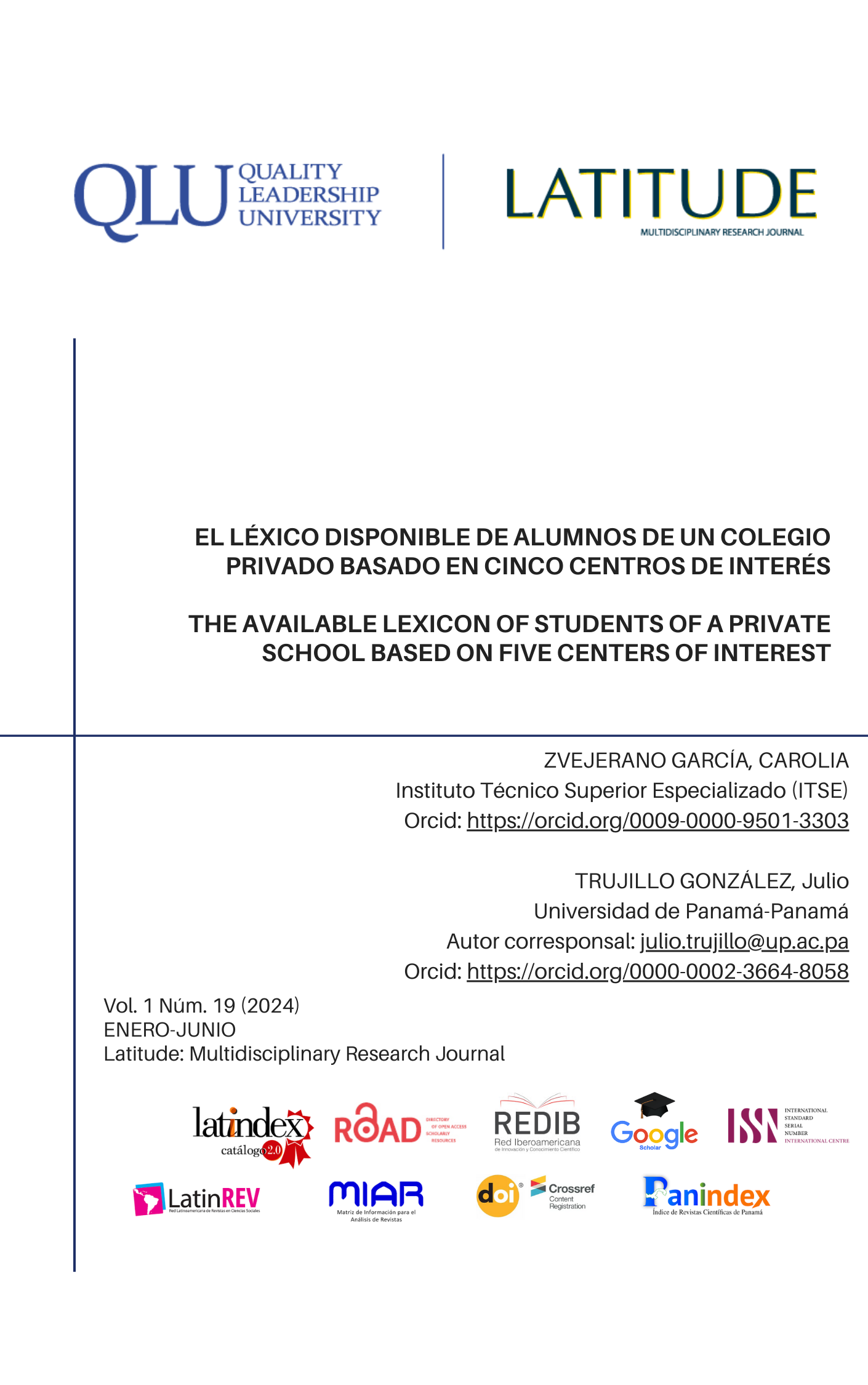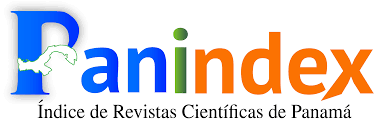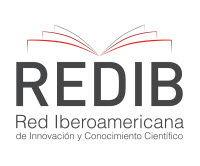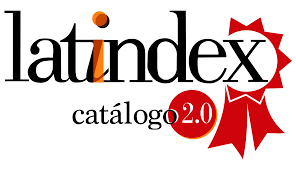

This work is licensed under a Creative Commons Attribution-NonCommercial-ShareAlike 4.0 International License.
Esta obra está bajo licencia internacional https://creativecommons.org/licenses/by-nc-sa/4.0/deed.es
La revista (y sus contenidos) emplean las licencias Creative Commons, específicamente la del tipo CC BY NC SA 4.0, la cual establece que “el beneficiario de la licencia tiene el derecho de copiar, distribuir, exhibir y representar la obra y hacer obras derivadas siempre y cuando reconozca y cite la obra de la forma especificada por el autor o el licenciante”. La licencia del tipo CC BY NC SA 4.0 contempla tres categorías,
- Atribución.
- No Comercialización de la obra.
- Compartir igual
Los lectores son libres de:
- Compartir — copiar y redistribuir el material en cualquier medio o formato
- Adaptar — remezclar, transformar y construir a partir del materialLa licenciante no puede revocar estas libertades en tanto usted siga los términos de la licencia
- Siempre y cuando se respeten y contemplen la atribución de autoría y la no comercialización del material.
Abstract
Lexical availability refers to the set of words that speakers have in their mental repertoire and use based on the specific topic of communication. This information is obtained through surveys administered to speakers, and it is measured using the availability index, which considers the frequency of a word's occurrence and its degree of dispersion. This scientific article presents research on lexical availability in a group of ninth-grade students in a school in Panama City. The sample was taken considering five areas of interest, including food and drinks, means of transportation, animals, professions and occupations, and clothing. Surveys were conducted both in-person and virtually, and the responses were analyzed using tools available on the DispoLex website. The results revealed differences in lexical availability based on gender, sociocultural level, and survey administration mode. Additionally, words with high availability were identified in each area of interest, as well as variations in lexical preferences among speakers.
References
Bartol, J. A. (2006). La disponibilidad léxica. Revista Española de Lingüística, 36, 379-384. http://www.sel.edu.es/pdf/ene-dic-06/RSEL-36-Bartol.pdf
Bartol, J. A. (2010). Disponibilidad léxica y selección del vocabulario. De moneda nunca usada: Estudios dedicados a José Mª Enguita Utrilla, 85-107. https://ifc.dpz.es/recursos/publicaciones/29/95/09bartol.pdf
Bartol, J.A. (2021). La disponibilidad léxica. En Bartol, J.A, La disponibilidad léxica. Escuela de Lexigrafía Hispánica y Universidad de Salamanca.
DispoLex. (s. f.). ¿Qué es la disponibilidad léxica? Recuperado 20 de febrero de 2022, de http://www.dispolex.com/info/la-disponibilidad-lexica
López, H. (1995). Los estudios de disponibilidad léxica: pasado y presente. Boletín de Filología, 35, págs. 245-259
Paredes García, F. (2012). Desarrollos teóricos y metodológicos recientes de los estudios de disponibilidad léxica. Revista Nebrija De Lingüística Aplicada a La Enseñanza De Lenguas, 6(11), 70 - 94. https://doi.org/10.26378/rnlael611177
Villarreal, M. (9 de diciembre de 2013). Glosario de disponibilidad léxica de Panamá. http://melquiadesvillarrealcastillo.blogspot.com/2013/12/glosario-de-disponibilidad-lexica-de.html
















